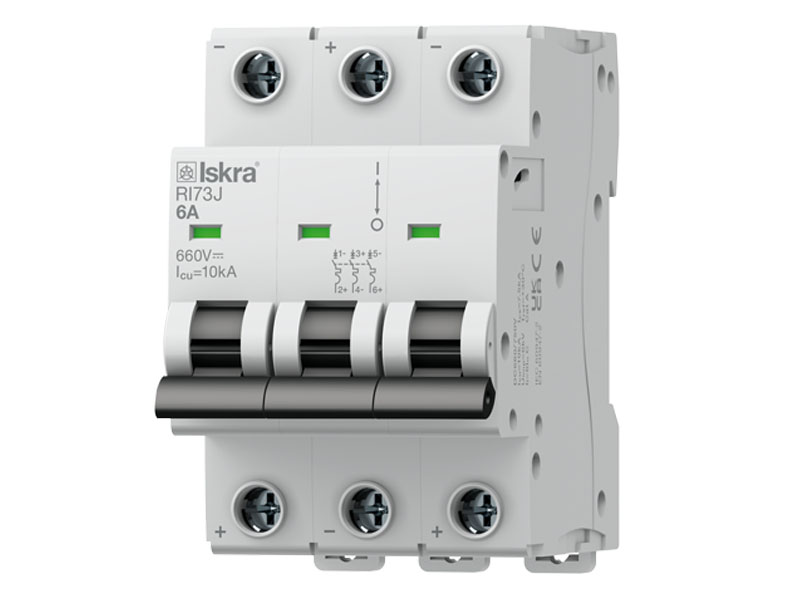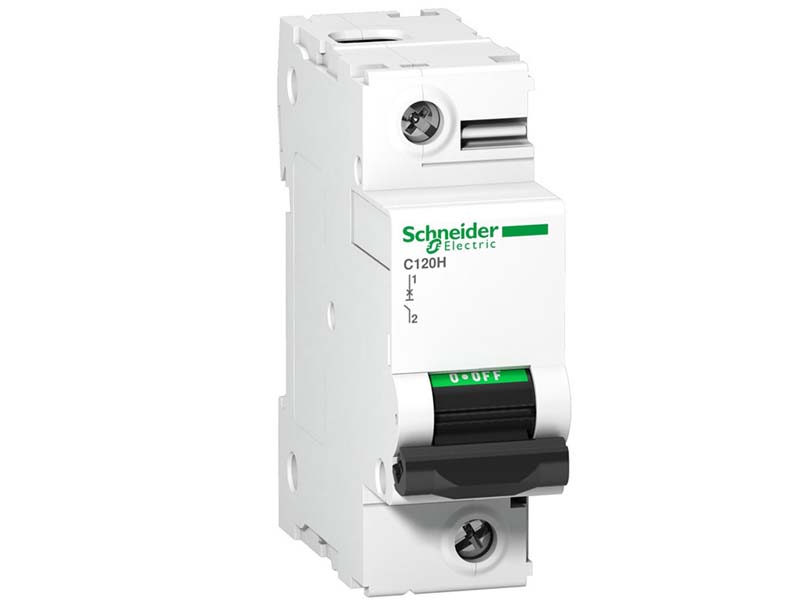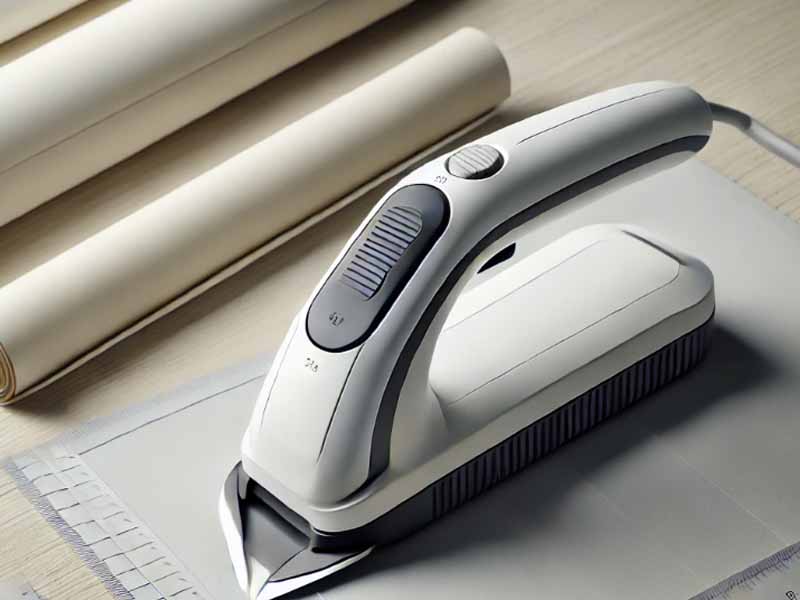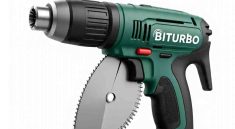Eobdtool – A Miniature Circuit Breaker (MCB) is an essential electrical component designed to protect electrical circuits from damage caused by overloads or short circuits. Commonly used in residential and industrial installations, MCBs ensure that your electrical system remains safe by automatically disconnecting the circuit when it detects excess current. Below, we will explore the function, types, and symbols of MCBs to better understand their importance in electrical protection.
How MCB Works: A Safety Feature for Electrical Circuits
An Miniature Circuit Breaker is designed to automatically disconnect the electrical circuit if the current flowing through it exceeds the rated capacity. This helps prevent potential hazards like overheating, fire, or damage to appliances. MCBs operate by using a thermal or magnetic mechanism to sense overload or short circuits.
In the case of overloads, the MCB uses a bimetallic strip that bends when heated by excessive current. Which then triggers the breaker to open. For short circuits, a magnetic trip mechanism responds instantly to the sudden surge in current, quickly disconnecting the circuit. This fast response time is crucial in safeguarding both the wiring and connected appliances from damage.
Different Types of MCB: Choosing the Right One for Your Needs
MCBs come in various types, each designed to handle specific types of electrical loads. Understanding the differences between them helps in selecting the right MCB for your installation:
- MCB Type B: This type is ideal for light loads, such as residential installations or light industries. It trips when the current exceeds 3 to 5 times its rated value.
- MCB Type C: Suitable for moderate loads, like circuits with small motors. It trips when the current exceeds 5 to 10 times its rated value.
- MCB Type D: Designed for heavy loads, including circuits with large motors or equipment that requires a high inrush current. It trips when the current exceeds 10 to 20 times its rated value.
- MCB Type K: This type is particularly useful for circuits with equipment that can handle brief current surges, such as lighting circuits. It trips when the surge is 8 to 12 times the rated value.
- MCB Type Z: Ideal for sensitive circuits, such as those used with small electronic devices. As it trips at 2 to 3 times its rated current, providing quick protection from even small surges.
“Multimeter A Comprehensive Guide”
MCB Symbols: Understanding the Indicators
MCBs feature simple symbols that help users identify their operational status. These symbols include:
- 1 & 0: The “1” indicates that the circuit breaker is in the “On” position, and the “0” indicates the “Off” position.
- On & Off: Some MCBs feature the words “On” and “Off” to indicate their status, making it easier to see whether the breaker is active or not.
- 0 & X: Another variation of symbols that can be found, where “0” signifies the “Off” position and “X” might indicate a specific status depending on the manufacturer.
These simple indicators ensure that users can quickly determine the operational state of the MCB and whether any action is required.
MCBs are vital components in ensuring the safety and reliability of electrical systems in both residential and industrial settings. By automatically disconnecting power when necessary, they protect against potential electrical hazards. Understanding the different types of MCBs, their functionality, and the symbols used can help you choose the right protection for your electrical circuits.
“Bar Ihku Helsinki, The Ultimate Karaoke and Club Destination”



